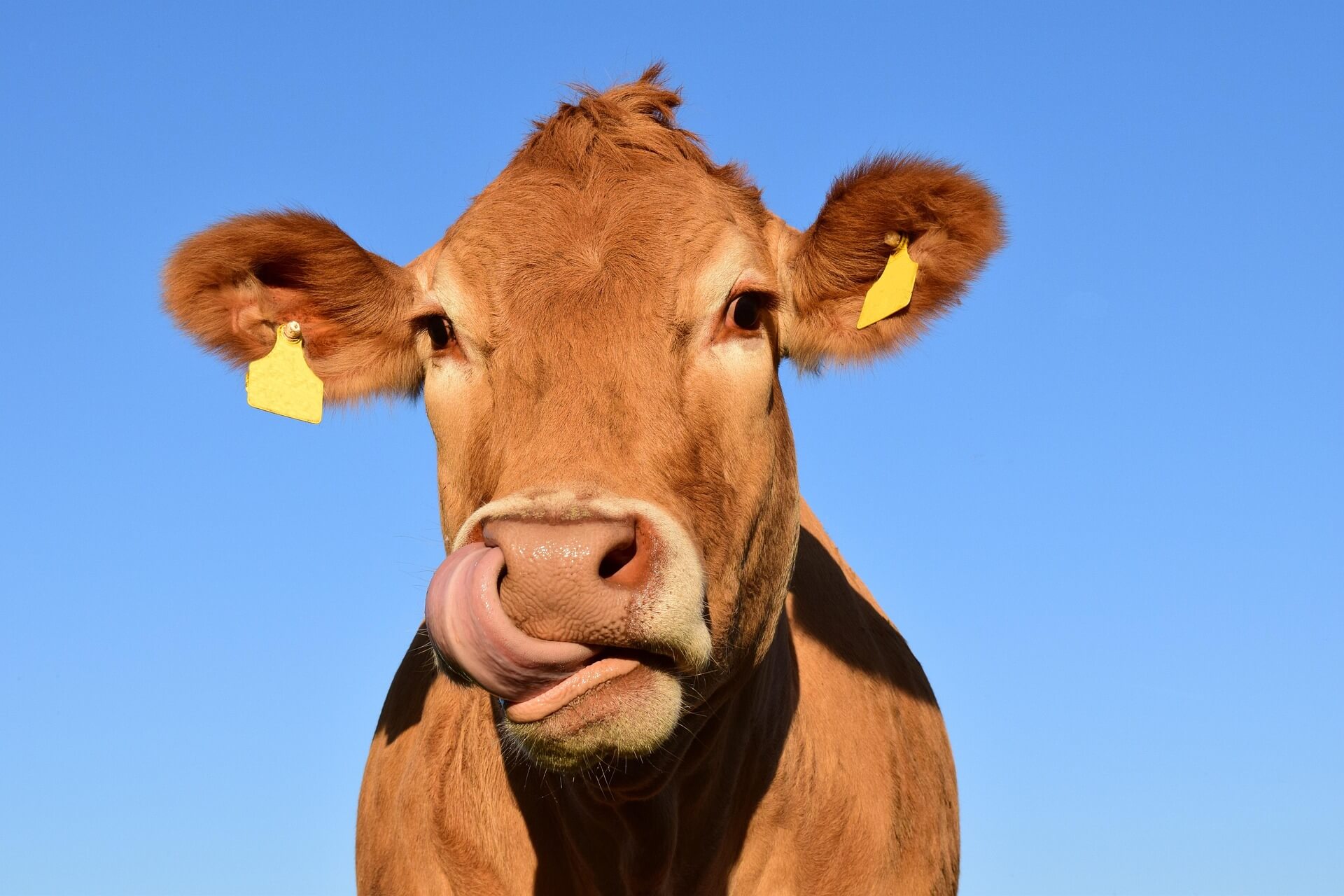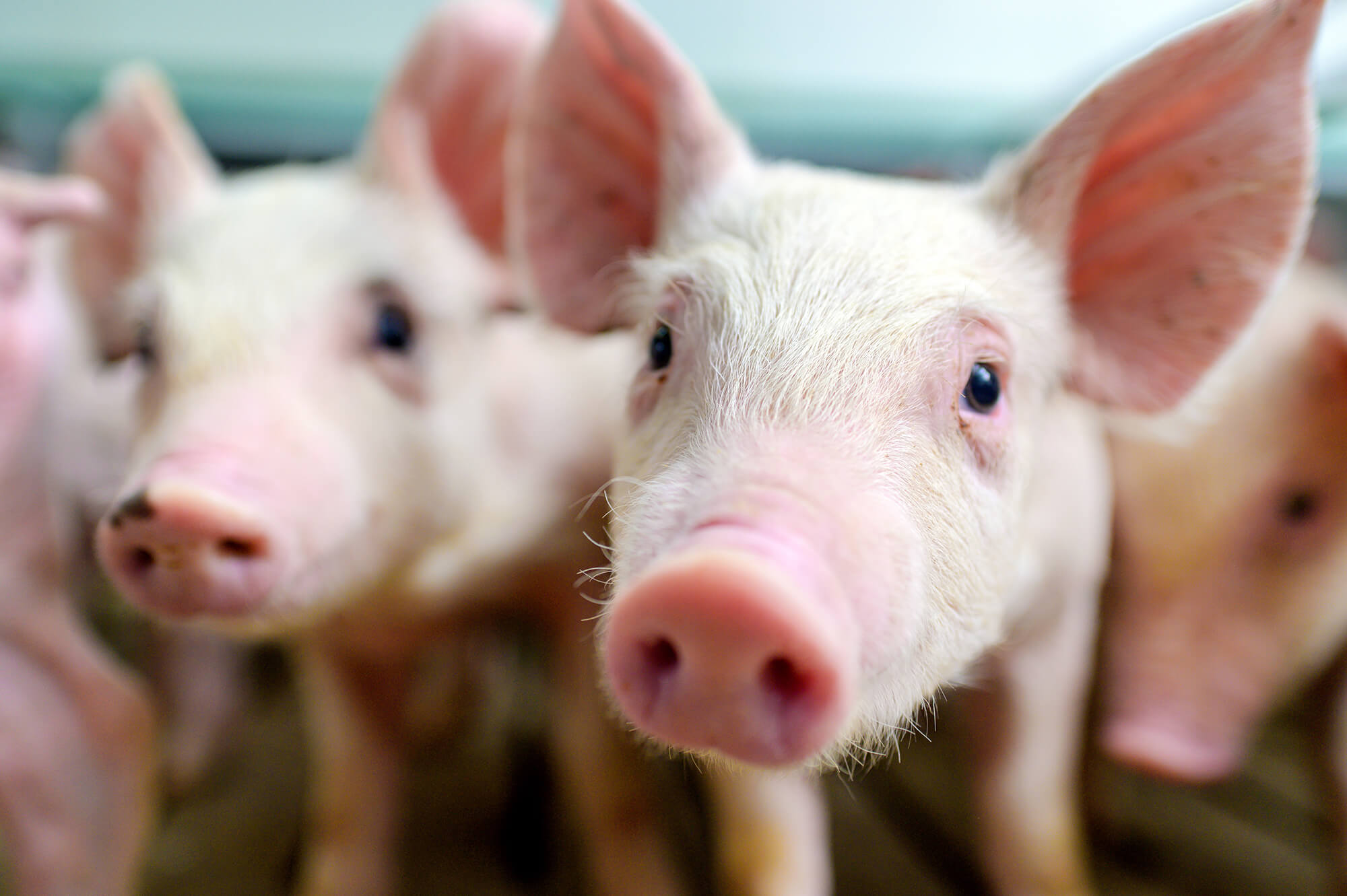🐾 Veterinary Feed Directive (VFD): Veterinarian Impact & Resources
Overview: What Is the VFD?

The Veterinary Feed Directive (VFD) is a regulation issued by the FDA under the Animal Drug Availability Act of 1996 (ADAA). It governs the use of medically important antimicrobial drugs in animal feed, requiring that such drugs be used only under the supervision of a licensed veterinarian.
The VFD final rule, effective October 1, 2015, ensures that these drugs are used judiciously and only for therapeutic purposes, not for growth promotion or feed efficiency.
🩺 Veterinarian Responsibilities Under the VFD
Veterinarians must:
- Operate under a valid Veterinarian-Client-Patient Relationship (VCPR).
- Issue VFDs in compliance with state or federal VCPR standards.
- Provide copies of the VFD to both the client and feed distributor.
- Retain the original VFD for two years.
- Include all required information:
- Drug name, species, dosage, duration, withdrawal time
- Expiration date (maximum: 6 months)
- Affirmation of intent for drug combinations
- Veterinarian and client contact details
Important: Once a VFD expires, all leftover feed containing the VFD drug becomes unusable. Some companies, like Zoetis, are printing transition labels to help remind stakeholders.
🐄 Animals Affected by the VFD
The VFD applies to food-producing animals, including:
- Cattle, swine, poultry
- Aquaculture species (e.g., fish)
- Bees

📘 Key VFD Resources for Veterinarians
🔍 What’s Next from the FDA?
📊 Data Collection & Monitoring
The FDA is collaborating with:
- USDA
- CDC
To collect:
- Sales data (via ADUFA 105)
- Antibiotic resistance data (via NARMS)
- On-farm use data
This will help:
- Assess adoption of Guidance #213
- Evaluate stewardship success
- Track resistance trends
⚠️ Risk Management
- PLIT Risk Awareness Alert – Understand liability and compliance risks associated with VFD issuance.
📞 Need Help or More Info?
- FDA Center for Veterinary Medicine: AskCVM@fda.hhs.gov
- Illinois State Veterinary Medical Association: ISVMA VFD Resources

